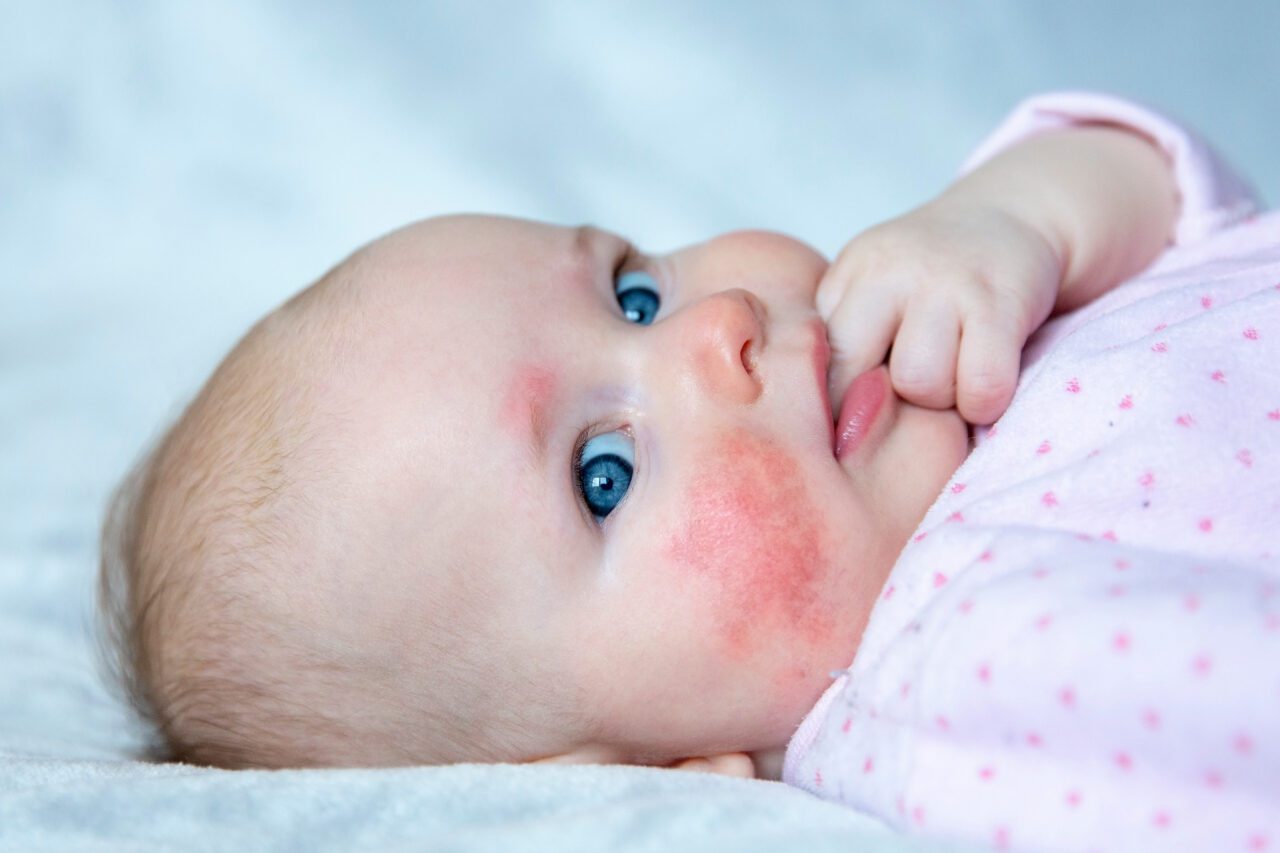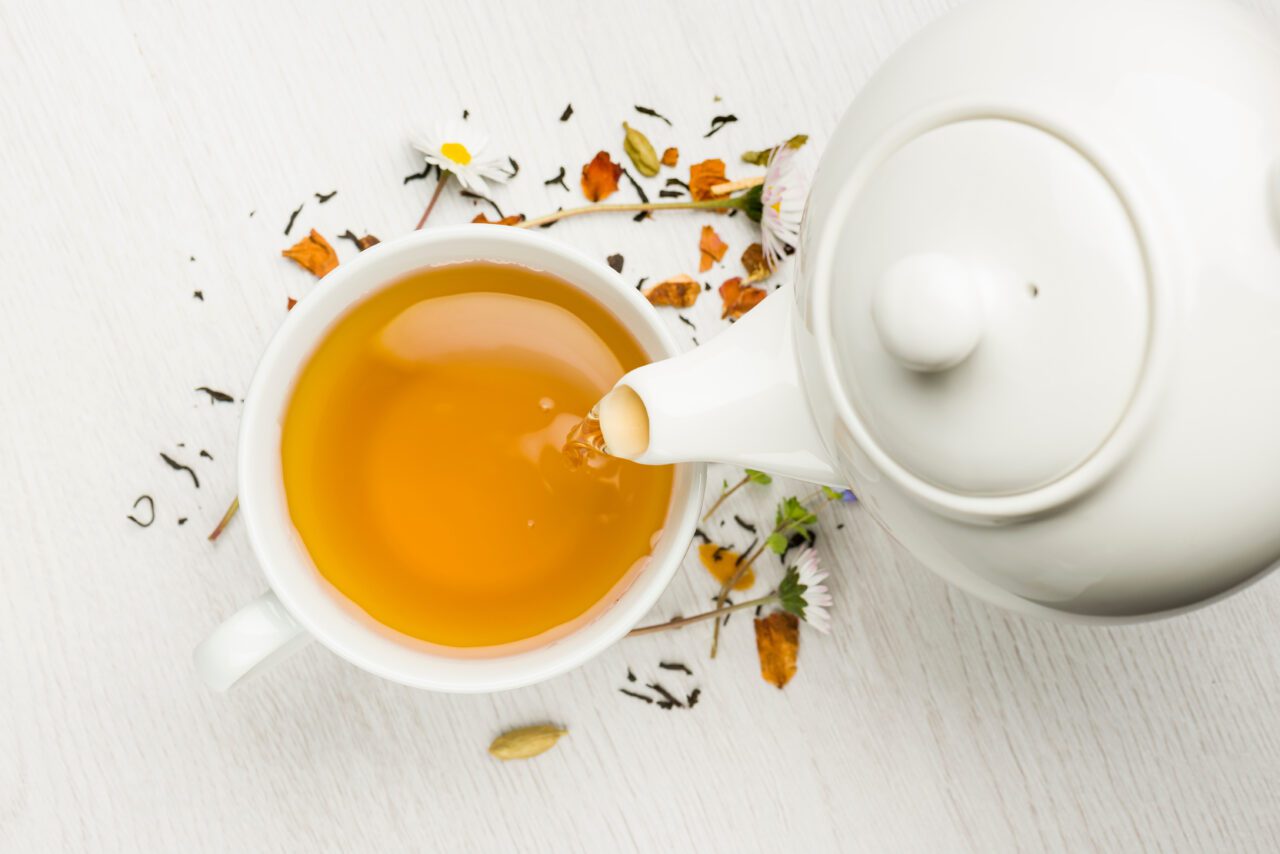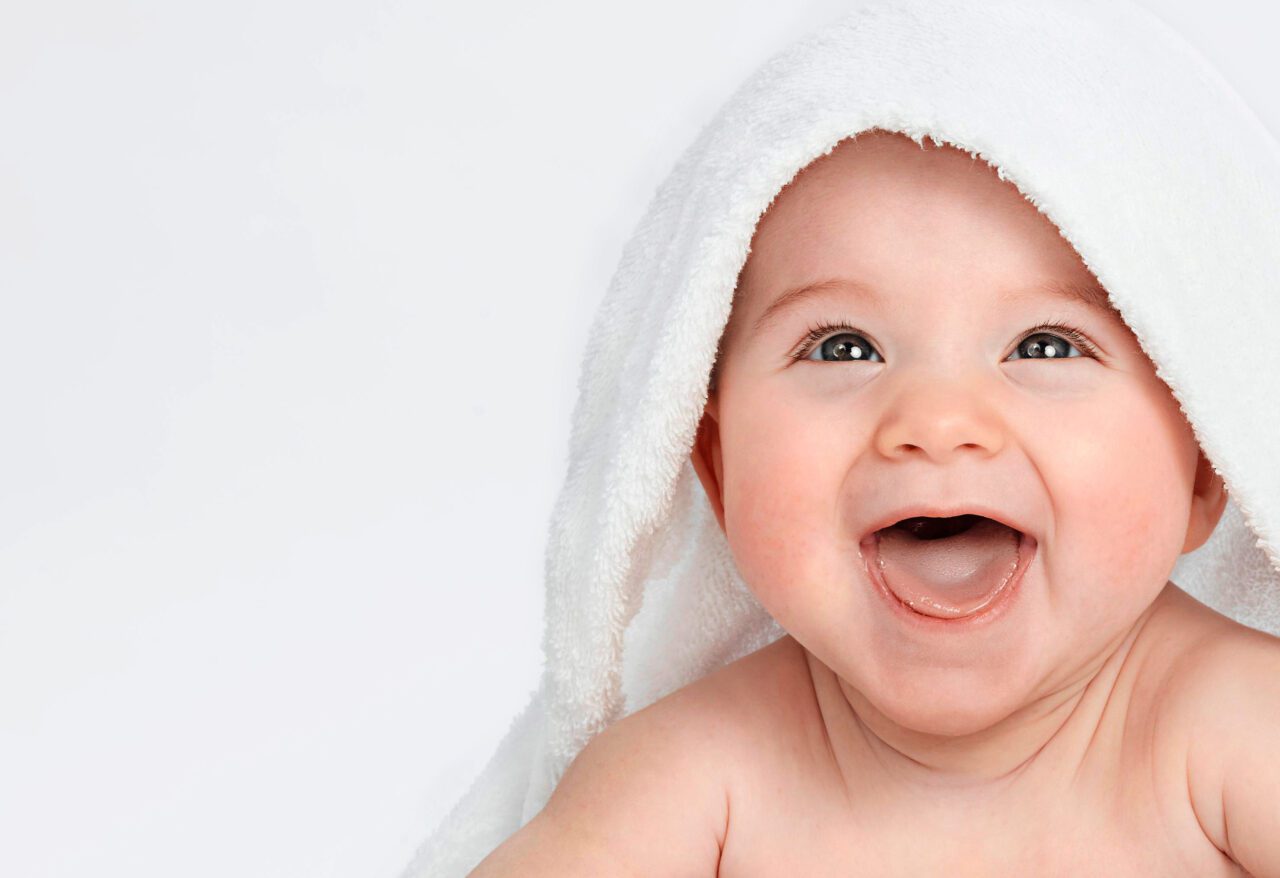Are you a parent looking for effective and safe solutions to treat your baby’s rash? You’ve come to the right place! In this comprehensive guide, we will explore a variety of home remedies for baby rash, providing you with valuable insights and expert advice to help soothe your little one’s delicate skin. From common types of rashes to practical tips and natural remedies, we’ve got you covered.

Introduction: Understanding Baby Rash
Before we delve into the world of home remedies, let’s take a moment to understand what baby rash is and why it occurs. Baby rash refers to any skin irritation or inflammation that affects infants and young children. It can manifest in various forms, such as redness, bumps, dryness, or itchiness, and may appear on different parts of the body, including the face, diaper area, neck, and folds of the skin.
Baby rash is a common concern among parents, as their little ones have delicate and sensitive skin that is more prone to irritation. Rashes are different types and can be caused by a variety of factors, including:
Diapers: Diaper rash is one of the most common types of baby rash and is often caused by prolonged exposure to wet or soiled diapers.
Eczema: Also known as atopic dermatitis, eczema is a chronic skin condition characterized by red, itchy, and inflamed patches.
Heat and sweat: Babies are more susceptible to heat rash, especially in warm and humid climates, as their sweat glands are not fully developed.
Allergens: Baby skin is highly sensitive to various allergens, such as certain fabrics, detergents, fragrances, and foods, which can trigger rashes.
Infections: Fungal or bacterial infections, such as yeast infections or impetigo, can cause rashes in infants.
Now that we have a better understanding of baby rash and its causes, let’s explore some effective home remedies that can help alleviate discomfort and promote healing for your little one.
Home Remedies for Baby Rash: Natural Solutions That Work
1. Coconut Oil: Nature’s Healing Balm
Coconut oil is a versatile and gentle remedy for baby rash. Its natural antibacterial and antifungal properties help soothe irritated skin and prevent infection. Simply apply a thin layer of organic, cold-pressed coconut oil to the affected area and gently massage it in. Coconut oil is safe to use on all parts of the body, including the face and diaper area.
2. Oatmeal Bath: A Soothing Delight
An oatmeal bath can work wonders for your baby’s irritated skin. Oatmeal contains compounds that possess anti-inflammatory properties, helping to reduce redness and itching. To prepare an oatmeal bath, place a cup of finely ground oatmeal in a muslin bag or sock and let it soak in lukewarm water for a few minutes. Gently squeeze the bag to release the soothing milky substance into the bathwater. Bathe your baby in this mixture for around 15 minutes, pat dry, and moisturize their skin afterward.
3. Chamomile Tea Compress: Calming and Healing
Chamomile is renowned for its calming and healing properties, making it an excellent choice for soothing baby rash. Brew a cup of chamomile tea using a chamomile tea bag, and once it has cooled, soak a clean cloth in the tea. Gently apply the compress to the affected area for a few minutes, allowing the chamomile’s anti-inflammatory and antiseptic properties to work their magic.

4. Aloe Vera Gel: Nature’s Cooling Agent
Aloe vera gel is a natural remedy with excellent soothing properties. Its gel-like consistency provides a cooling effect on irritated skin, reducing redness and discomfort. Extract fresh gel from an aloe vera leaf and gently apply it to the affected area. Allow it to dry before dressing your baby. Remember to test a small patch of skin first to ensure there is no allergic reaction.
5. Baking Soda Paste: Gentle Relief
Baking soda is a kitchen staple that can also provide relief for baby rash. Mix a small amount of baking soda with water to create a paste, and apply it to the affected area. Let it sit for a few minutes before rinsing it off with warm water. The alkaline nature of baking soda helps balance the pH of the skin and reduce inflammation.
7. Breast Milk: Liquid Gold for Rashes
Breast milk is not only a valuable source of nutrition for your baby but also a natural remedy for various skin conditions, including rashes. Apply a few drops of breast milk directly to the affected area and gently pat it dry. The antibodies present in breast milk can help soothe and heal the rash.
8. Calendula Salve: Nature’s Healing Balm
Calendula, also known as marigold, has been used for centuries for its healing properties. Calendula salve or cream can be applied to baby rash to reduce inflammation and promote skin regeneration. Look for organic and natural formulations specifically designed for infants.
9. Witch Hazel: Astringent and Soothing
Witch hazel is a natural astringent that can help relieve itchiness and inflammation associated with baby rash. Dilute witch hazel with water and apply it to the affected area using a cotton pad. This gentle remedy can provide quick relief and promote healing.
10. Plain Yogurt: Cool and Calming
Plain yogurt is not only a nutritious snack but also a soothing remedy for baby rash. Its cool temperature and probiotic properties can help reduce inflammation and provide relief from itching. Apply a thin layer of plain yogurt to the affected area and let it sit for a few minutes before gently rinsing it off.
11. Essential Oils: Dilution is Key
Certain essential oils, such as lavender or chamomile, can be beneficial for baby rash when used properly. However, it’s important to dilute essential oils before applying them to your baby’s skin. Mix a few drops of the desired essential oil with a carrier oil, such as coconut oil or almond oil, and apply it sparingly to the affected area. Always perform a patch test and consult with a healthcare professional before using essential oils on your baby.
12. Cornstarch: Absorbent and Gentle
Cornstarch can be a useful remedy for diaper rash, as it helps absorb moisture and reduces friction. Lightly dust a small amount of cornstarch on your baby’s clean and dry skin before putting on a fresh diaper. Be cautious not to use too much, as excessive cornstarch can lead to clogged pores.
13. Avoid Irritants: Gentle Care is Key
Prevention is always better than cure, so it’s crucial to take steps to avoid irritants that can trigger or worsen baby rash. Here are some tips to help you provide gentle care for your little one’s delicate skin:

Choose gentle and hypoallergenic skincare products specifically formulated for babies.
Use fragrance-free and dye-free detergents when washing your baby’s clothes and bedding.
Opt for breathable fabrics, such as cotton, for your baby’s clothing.
Avoid using harsh soaps and cleansers that can strip the natural oils from your baby’s skin.
Be mindful of potential food allergens if you are breastfeeding or introducing solids to your baby’s diet.
Keep your baby’s skin clean and dry, especially in diaper areas. Change diapers frequently and use gentle wipes or warm water for cleaning.
By following these preventive measures, you can minimize the chances of your baby developing rashes and keep their skin healthy and happy.
Frequently Asked Questions (FAQs)
Q: Can I use over-the-counter creams for baby rash?
A: It is generally recommended to consult with a pediatrician before using over-the-counter creams on your baby’s skin. They can provide guidance and recommend suitable options based on the specific rash and your baby’s age.
Q: Are these home remedies safe for newborns?
A: Some remedies, such as breast milk or gentle cleansers, are safe for newborns. However, it is always best to consult with a healthcare professional before trying any remedies on your newborn.
Q: When should I seek medical attention for my baby’s rash?
A: If the rash worsens, spreads rapidly, or is accompanied by other concerning symptoms like fever or difficulty breathing, it’s essential to seek medical attention promptly.
Q: How long does it usually take for a baby rash to heal?
A: The healing time for baby rash varies depending on the type and severity of the rash. In most cases, with proper care and remedies, rashes can improve within a few days to a week.
Q: Can teething cause rashes in babies?
A: Teething can cause drooling, which may lead to irritation around the mouth and chin. This irritation is not technically a rash but can resemble one. Keeping the area clean and dry can help alleviate discomfort.
Q: Are there any home remedies I should avoid for baby rash?
A: It’s important to avoid using harsh or fragrant products, as well as remedies that contain potential allergens or irritants. Additionally, always consult with a healthcare professional before trying any new remedy.
Conclusion: Gentle Care for Delicate Skin
As a loving parent, you want nothing but the best for your little one. When it comes to baby rash, opting for safe and natural home remedies can provide effective relief and promote healing without the use of harsh chemicals or medications. However, it’s essential to remember that every baby is unique, and what works for one may not work for another. If you have any concerns about your baby’s rash or if it persists or worsens despite home remedies, it’s always best to consult with a healthcare professional.
By incorporating gentle skincare practices, using the power of natural remedies, and providing a nurturing environment for your baby’s delicate skin, you can help them stay comfortable and rash-free. Remember, your love and care are the most valuable remedies for your little one’s well-being.
Related posts:




